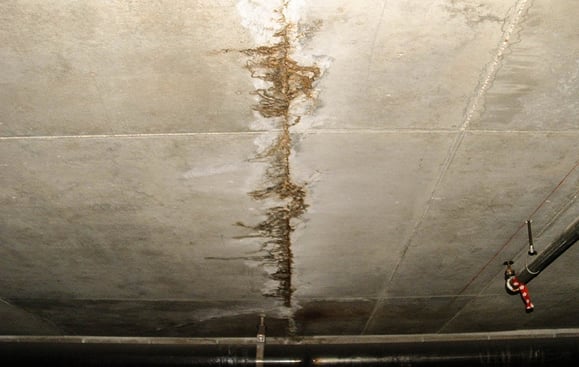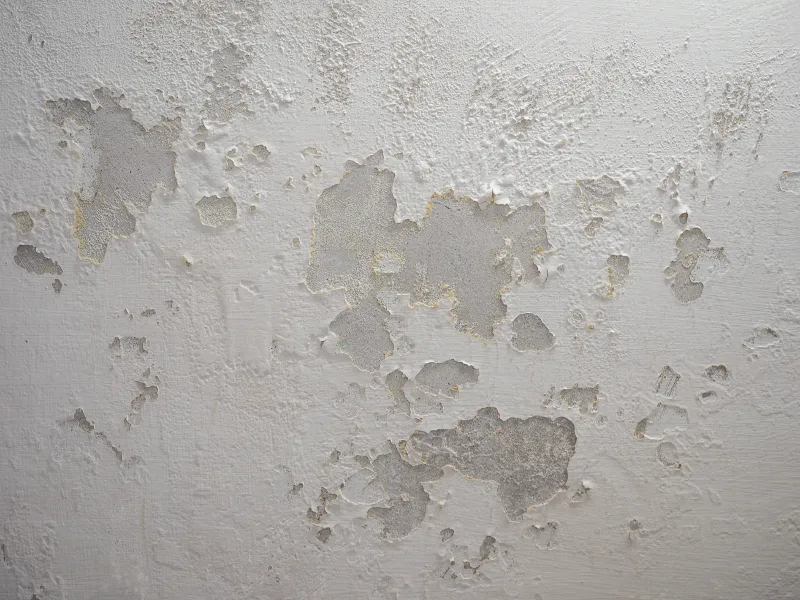6 Water Damage Repair Do's and Don'ts.
6 Water Damage Repair Do's and Don'ts.
Blog Article
They are making several great pointers on Ways to Reduce The Risk Of Fire And Water Damage in general in this great article in the next paragraphs.

Water gives life, water breach on components where it's not expected to be can result in damages. Residences with water damage odor old and also stuffy.
Water can come from many sources such as hurricanes, floodings, burst pipelines, leakages, and also sewage system concerns. In case you experience water damages, it would be great to know some safety preventative measures. Below are a couple of guidelines on how to deal with water damage.
Do Prioritize Home Insurance Insurance Coverage
Water damages from flooding because of heavy winds is seasonal. However, you can also experience an unexpected flooding when a faulty pipe unexpectedly breaks right into your home. It would be best to have house insurance policy that covers both disasters such as natural calamities, and also emergencies like damaged plumbing.
Do Not Neglect to Switch Off Energies
In the event of a calamity, particularly if you stay in a flood-prone location, it would be advisable to shut off the primary electric circuit. This cuts off power to your entire home, stopping electric shocks when water can be found in as it is a conductor. Do not neglect to transform off the primary water line valve. Furnishings will move around and also create damage when floodwaters are high. Having the main shutoff shut down protects against more damage.
Do Stay Proactive as well as Heed Weather Condition Alerts
Pay attention to discharge warnings if you live near a lake, creek, or river . Doing so reduces potential residential property damage.
Don't Disregard the Roof
Prior to the weather transforms shocking, make certain you have a roofing assessment. Actually, it would certainly be prudent to get this service each year as it can mitigate intricate concerns. If there are no holes as well as leakages in your roof covering, you can stay clear of rainfall damages. Your roofer will likewise deal with defective rain gutters or any other signs of weakening. This will certainly avoid water from moving down your walls and soaking your ceiling.
Do Focus On Little Leakages
A ruptured pipe does not take place over night. Generally, there are warnings that show you have actually weakened pipelines in your home. You might observe bubbling paint, peeling off wallpaper, water touches, water spots, or trickling noises behind the wall surfaces. Ultimately, this pipeline will certainly break. Preferably, you need to not await things to escalate. Have your plumbing fixed before it results in massive damages.
Do Not Panic in Case of a Ruptured Pipeline
When it comes to water damage, timing is key. Hence, if a pipeline bursts in your residence, quickly shut off your main water valve to cut off the resource. Call a trustworthy water damages restoration professional for aid.
Water offers life, water intrusion on components where it's not expected to be can result in damage. Homes with water damages odor old as well as stuffy.
Water damages from flood dues to hefty winds is seasonal. You might notice bubbling paint, peeling wallpaper, water touches, water stains, or leaking noises behind the wall surfaces. When it comes to water damages, timing is key.
Some Do's & Don't When Dealing with a Water Damage
DO:
Make sure the water source has been eliminated. Contact a plumber if needed. Turn off circuit breakers supplying electricity to wet areas and unplug any electronics that are on wet carpet or surfaces Remove small furniture items Remove as much excess water as possible by mopping or blotting; Use WHITE towels to blot wet carpeting Wipe water from wooden furniture after removing anything on it Remove and prop up wet upholstery cushions for even drying (check for any bleeding) Pin up curtains or furniture skirts if needed Place aluminum foil, saucers or wood blocks between furniture legs and wet carpet Turn on air conditioning for maximum drying in winter and open windows in the summer Open any drawers and cabinets affected for complete drying but do not force them open Remove any valuable art objects or paintings to a safe, dry place Open any suitcases or luggage that may have been affected to dry, preferably in sunlight Hang any fur or leather goods to dry at room temperature Punch small holes in sagging ceilings to relieve trapped water (don't forget to place pans beneath!); however, if the ceiling is sagging extremely low, stay out of the room and we'll take care of it DO NOT:
Leave wet fabrics in place; dry them as soon as possible Leave books, magazines or any other colored items on wet carpets or floor Use your household vacuum to remove water Use TV's or other electronics/appliances while standing on wet carpets or floors; especially not on wet concrete floors Turn on ceiling fixtures if the ceiling is wet Turn your heat up, unless instructed otherwise

As a fervent reader about Reducing Your Risk Of Water And Fire Damage At Home, I figured sharing that excerpt was worth the trouble. Remember to take the time to share this blog if you appreciated it. Thank you so much for taking the time to read it.
Report this page